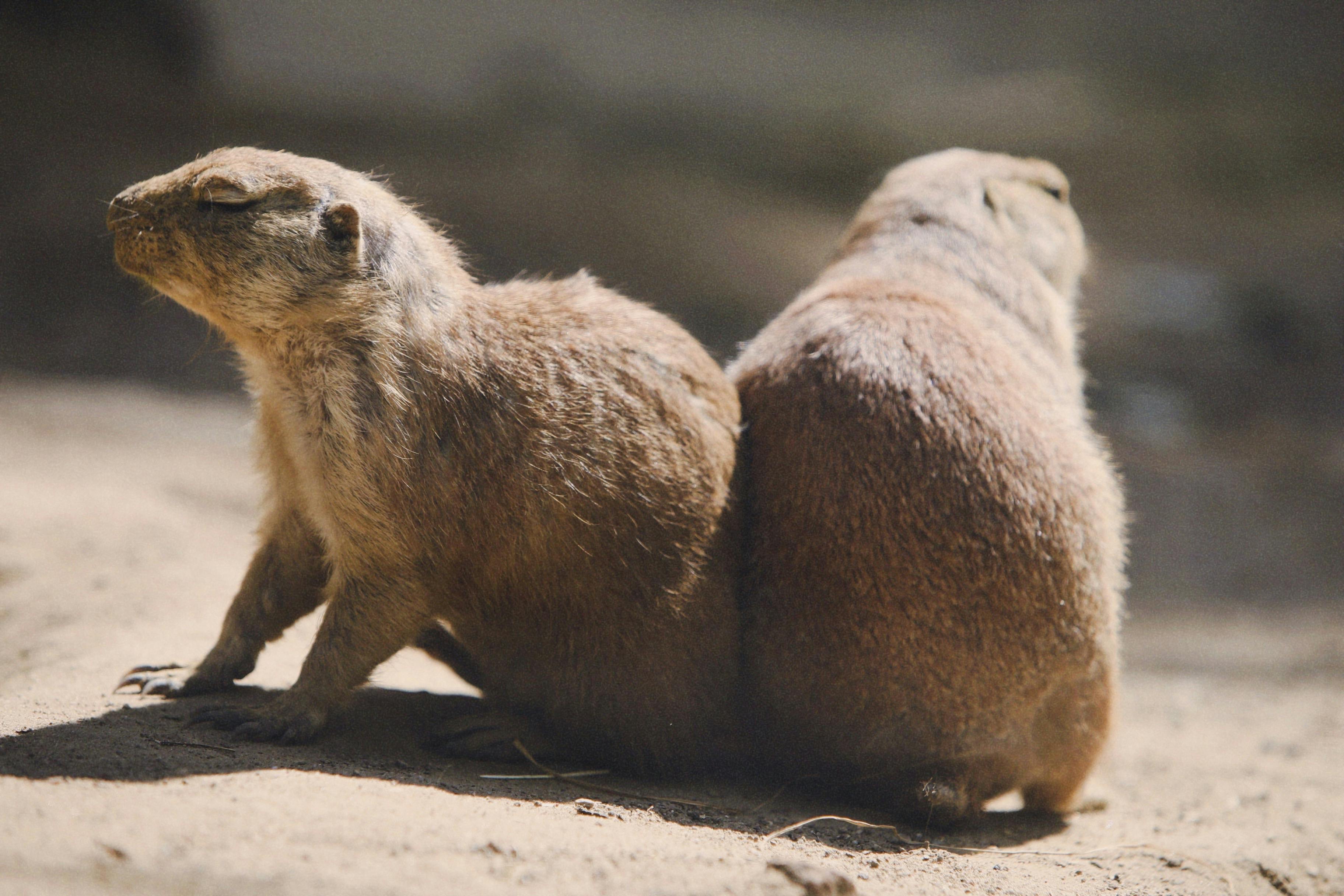Discovering the Intricate Social Structures of Prairie Dogs
When we think of complex animal societies, our minds might jump to the hierarchical packs of wolves, the intricate colonies of ants or the elaborate pods of dolphins. However, one particular social structure has been somewhat overlooked but is no less fascinating - that of the prairie dog. This article will delve into the little-known world of these rodents, exploring their sophisticated social systems, their unique communication methods, and the recent studies that have shed light on their extraordinary behaviour.

The Prairie Dog Society: A Closer Look
Prairie dogs, despite their name, are not dogs at all. They are small, burrowing rodents that inhabit the grasslands of North America. At first glance, they might seem like simple creatures, but they are far from it. Prairie dogs live in extensive colonies or “towns,” some of which can span hundreds of acres and house thousands of individuals.
Their societies are matriarchal, and each town is divided into several family groups or “coteries.” These coteries typically consist of one male, several females, and their offspring. Each coterie has its territory within the larger colony, and they guard these areas fiercely against intruders.
Communicating Through Sound and Body Language
What sets prairie dogs apart is their intricate system of communication. They use a complex array of vocalizations, body language and even touch to convey information. The most notable aspect of their communication is their alarm calls. These calls are incredibly specific, alerting the rest of the colony not only to the presence of a predator but also to its size, shape, and speed.
Recent studies have suggested that prairie dogs’ communication abilities are so advanced that they could even have their own form of language. Although this idea remains controversial, it is clear that their communication is far more sophisticated than previously thought, adding another layer of complexity to their already intricate societies.
Recent Research and Discoveries
Recent research has revealed even more about the fascinating lives of prairie dogs. For instance, a study published in the journal “Animal Behaviour” showed that prairie dogs engage in what appears to be a form of “kissing.” This behaviour, which involves two prairie dogs touching their mouths together, seems to be a way of recognising each other and reinforcing social bonds.
Another study, conducted by researchers at the University of Manitoba, found that prairie dogs have a unique way of dealing with overcrowding. When their colonies become too large, they don’t simply expand their territories. Instead, they split their existing groups into smaller coteries, effectively creating new social structures within the existing colony.
Impact on the Ecosystem and Conservation Efforts
Prairie dogs play a crucial role in the ecosystems they inhabit. They are a keystone species, meaning their presence and activities have a significant impact on the other animals and plants around them. Their burrowing helps to aerate the soil, promoting plant growth, and their colonies provide homes for various other species.
However, prairie dogs have faced numerous threats, including habitat loss and disease. Conservation efforts are underway to protect these fascinating creatures and the vital role they play in their ecosystems. These endeavours include habitat preservation, population monitoring, and public education about the importance of prairie dogs.
Understanding the complex behaviours and social structures of prairie dogs gives us a new appreciation for these often overlooked creatures. It serves as a reminder of the depth of intelligence and social complexity present in the animal kingdom, even among the smallest and seemingly simplest of creatures.




